How to Cook Pasta in The Microwave?
Cooking pasta in the microwave is convenient because it is a quick and easy way to prepare a meal. Simply combine the pasta and water in a microwave-safe bowl, microwave according to package instructions or…
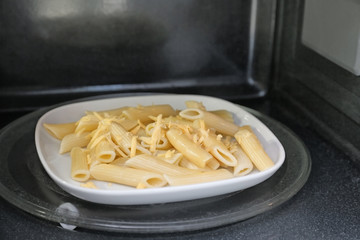
Cooking pasta in the microwave is convenient because it is a quick and easy way to prepare a meal. Simply combine the pasta and water in a microwave-safe bowl, microwave according to package instructions or…
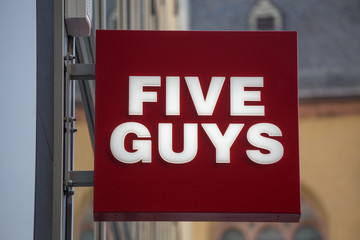
Five Guys is a chain of fast-food restaurants that was founded in 1986 in Arlington, Virginia. It has since grown to become one of the most popular fast-food chains in the United States, known for…

In Islam, the concept of halal refers to things that are permissible or allowed under Islamic law. These include food, drinks, and other consumables, as well as actions and behaviors. The opposite of halal is…
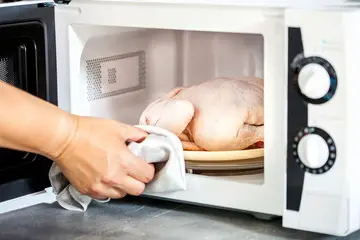
Defrosting chicken in the microwave is a quick and convenient way to thaw frozen chicken, but it is important to do it safely to avoid food poisoning. While it is generally recommended to thaw chicken…
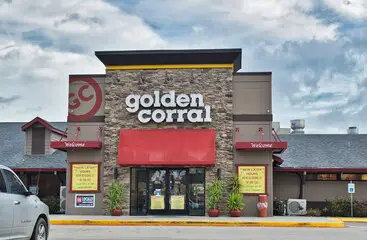
Golden Corral is a popular buffet-style restaurant chain based in the United States. Founded in 1973, it has grown to over 500 locations across the country. Golden Corral is known for its extensive buffet offerings,…
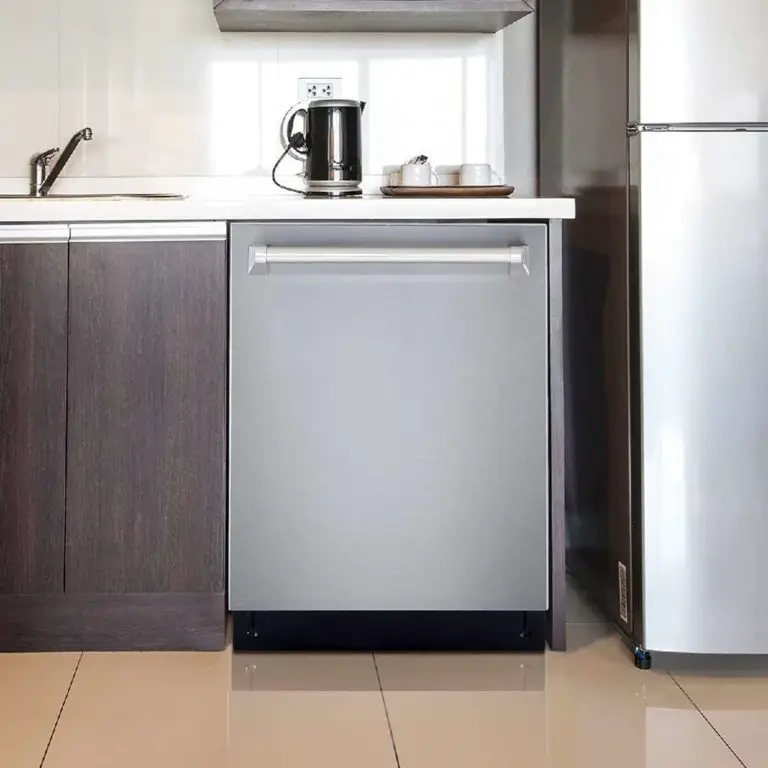
A dishwasher is an essential appliance in the modern kitchen, as it saves time and energy by cleaning and sanitizing dirty dishes automatically. Dishwashers are particularly convenient for larger households or for people who entertain…
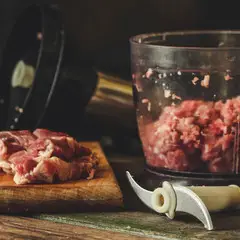
Grinding your own meat at home can be a convenient and cost-effective way to prepare a variety of dishes, from burgers and meatballs to sausage and ground beef. It allows you to control the quality…
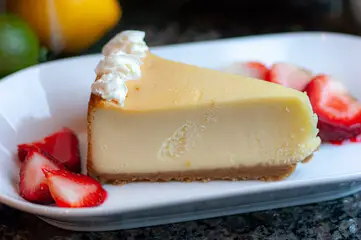
The Cheesecake Factory is a well-known chain restaurant in the United States, with over 200 locations across the country. In addition to its full-service restaurants, the company also operates bakery production facilities in California and…
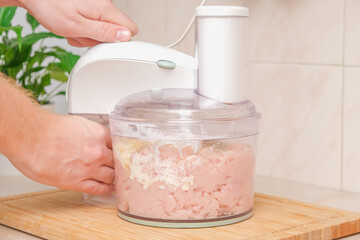
Grinding cooked meat in a food processor is a quick and efficient way to achieve a finely minced or pureed consistency. This process is suitable for a variety of cooked cuts of meat, including beef,…